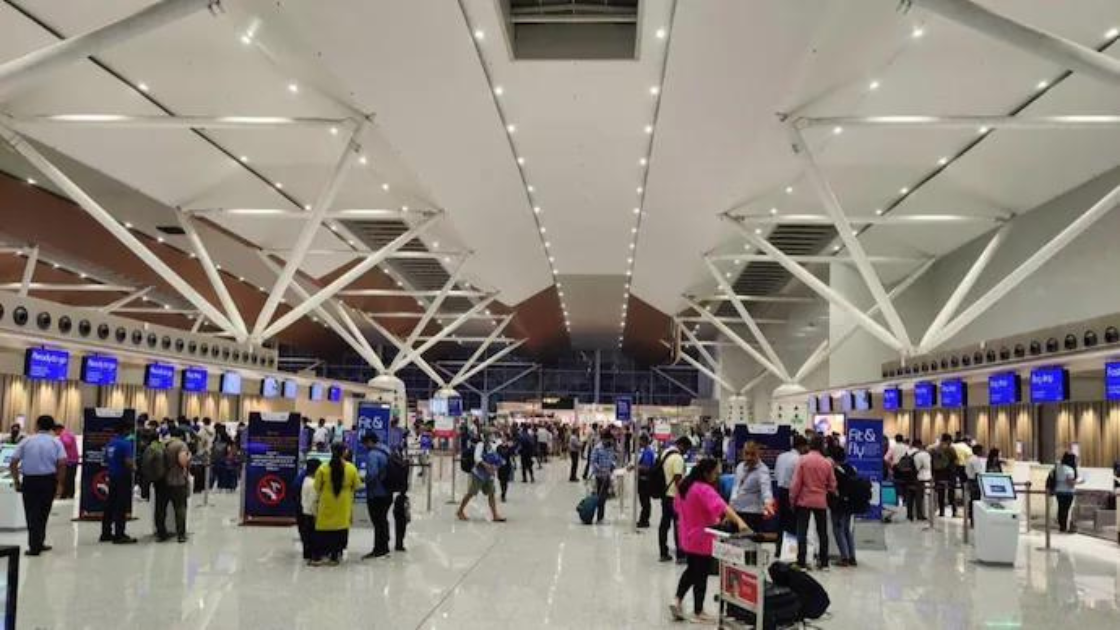Delhi Airport Roof Collapse: An Urgent Call for Infrastructure Audits

On June 28, 2024, the bustling Indira Gandhi International Airport in New Delhi (India) was the scene of a tragic and alarming incident. A large section of the roof at Terminal 1 collapsed in the early hours of the morning following a heavy spell of rain, claiming one life and injuring eight others.
The Incident
The collapse occurred around 5 a.m., causing chaos and panic among passengers and airport staff. Parked vehicles, including taxis, were crushed under the debris, highlighting the severity of the incident.
The affected airlines, IndiGo and SpiceJet, faced significant operational challenges as they scrambled to reallocate flights to Terminals 2 and 3.
Immediate Response and Government Action
In the aftermath of the collapse, Civil Aviation Minister Ram Mohan Naidu visited the site and announced a series of measures to address the crisis. A thorough inspection of all airports with similar structures across the country was ordered. Naidu emphasized the seriousness of the incident, stating that a comprehensive audit of airport infrastructure nationwide would be conducted to prevent future occurrences.
The Ministry of Civil Aviation swiftly set up a 24/7 war room to manage the situation. Passengers affected by flight cancellations were assured full refunds within seven days and alternative travel arrangements where possible.
The Airports Authority of India (AAI) was directed to issue a circular mandating immediate structural inspections of all major and minor airports, with reports to be submitted within 2-5 days.
Broader Implications
The roof collapse at Terminal 1 has broader implications for India's aviation sector. It underscores the need for regular and rigorous infrastructure audits, especially for older terminals like Terminal 1, formerly known as Palam Terminal.
As part of the investigation, the Delhi International Airport Limited (DIAL) formed a technical committee to determine the exact cause of the collapse. Preliminary assessments pointed to the heavy rainfall that Delhi experienced on the day of the incident.
The India Meteorological Department recorded a massive 228.1 mm of rain in 24 hours, the highest in June since 1936.
Impact on Aviation Professionals

Pilots
For pilots, the incident presents several challenges. With the sudden closure of Terminal 1, pilots had to adapt quickly to changes in flight schedules and rerouting. The increased traffic at Terminals 2 and 3 meant that pilots had to deal with more congested airspace and ground operations.
Additionally, the stress and uncertainty caused by the incident could affect their performance and mental well-being. Ensuring pilots are well-informed and supported during such crises is crucial for maintaining safety and efficiency in operations.
Cabin Crew
Cabin crew members faced the immediate impact of the collapse through flight cancellations and delays. They had to manage anxious and frustrated passengers while dealing with the logistical challenges of rerouted flights. The increased workload and the emotional toll of handling such a crisis can be significant.
Proper communication and support from airline management are essential to help cabin crew members cope with these pressures and continue to deliver high-quality service.
Airport Professionals
For professionals working at the airport, including ground staff, air traffic controllers, and maintenance crews, the incident highlighted the critical importance of infrastructure integrity. Ground staff had to handle the chaos of the collapse, assist passengers with rebooking and refunds, and manage the increased operational demands at Terminals 2 and 3.

Economic and Operational Impact
The immediate economic impact was felt by airlines and passengers alike. With over 80 flights canceled by IndiGo and 15 by SpiceJet, passengers faced significant disruptions.
The sudden cancellations and delays led to a spike in spot fares, with prices for one-way tickets to destinations like Kolkata, Bengaluru, and Leh soaring dramatically.
The ministry's advice to airlines to monitor and control fare surges was a necessary intervention to protect passengers from exploitation. Additionally, the stress on Terminals 2 and 3 to accommodate the displaced flights from Terminal 1 added another layer of complexity to the situation.
Looking Ahead
The Delhi airport roof collapse serves as a wake-up call for India's aviation industry. It highlights the critical importance of maintaining and regularly inspecting airport infrastructure to ensure the safety of passengers and staff. As the investigation continues and corrective measures are implemented, it is imperative that lessons are learned and similar incidents are prevented in the future.
As the situation unfolds, we at AviationX will continue to monitor developments and advocate for enhanced safety standards across the industry. Our thoughts are with the victims and their families, and we stand ready to support efforts to improve aviation safety nationwide.